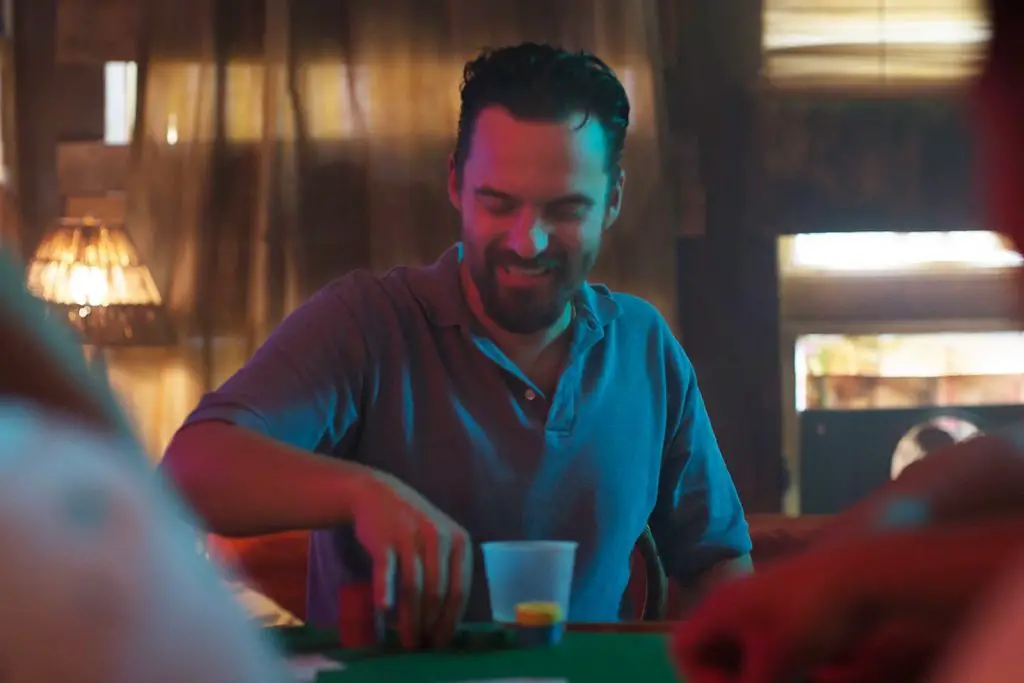
1. VIRGINIA CHERRILL AND GEORGIA HALE FOR “CITY LIGHTS” (1931).
When Charlie Chaplin began producing his feature “City Lights,” he surprised nearly everyone by casting the female lead with someone who never acted before. Virginia Cherrill was a pretty socialite who captivated Chaplin, resulting in putting her in the somewhat unlikely role of the blind flower seller. But as filming progressed, Chaplin grew unhappy with Cherrill’s performance and she, in turn, was equally displeased with their working relationship. Chaplin abruptly fired Cherrill and recast the role with Georgia Hale, his leading lady from “The Gold Rush.” Yet Hale’s performance turned out to be even more unsatisfactory than Cherrill’s. Unwilling to go for a third actress, Chaplin reluctantly brought Cherrill back to “City Lights” – at a significant increase in salary.
THE RESULTS: “City Lights” was considered Chaplin’s masterpiece, thanks in good measure to Cherrill’s sympathetic and sincere performance. Cherrill continued in Hollywood and was briefly married to Cary Grant, but her career quickly sank into unmemorable B-movies. Georgia Hale’s career vanished even faster.
2. CHARLES LAUGHTON FOR “DAVID COPPERFIELD” (1935).
MGM felt it struck gold when Laughton was cast as Mr. Micawber in the lavish adaptation of the Dickens classic. But Laughton was uncomfortable with the role and approached the character with a strangely unsympathetic personality. Two days into his performance, Laughton abruptly walked off the set and refused to return, insisting that he could not play the role. He was promptly axed and producer David O. Selznick brought W.C. Fields to inherit Mr. Micawber.
THE RESULTS: Fields received top billing for “David Copperfield,” which was arguably his greatest film. Laughton continued to act in films, but his reputation for being difficult often kept him from being cast in major productions and most of his subsequent movies were far below his talent.
3. MARLENE DIETRICH FOR “HOTEL IMPERIAL” (1937).
Casting the glamorous Dietrich as a Polish chambermaid who falls in love with an Austrian cavalry officer during World War I was a rather odd idea and Dietrich confirmed the poor judgment of this decision by arriving on the set with a wardrobe and make-up which was far too elegant for her menial character. Director Henry Hathaway fought a losing battle with Dietrich, who refused to follow his instructions on her character’s appearance and development. The production’s budget ballooned to $900,000 while the film was halfway through shooting. Paramount Pictures shut down the film and kicked Dietrich off the project.
THE RESULTS: “Hotel Imperial” was recast with Margaret Sullavan in the Dietrich role, but the actress broke her wrist during production and was forced to quit. Italian actress Isa Miranda was brought in and the film was completed. “Hotel Imperial” flopped at the box office. Dietrich, however, continued in films for the next three decades.
4. GEORGE CUKOR FOR “GONE WITH THE WIND” (1939).
George Cukor received the assignment of the century as the director of “Gone with the Wind” and everyone was happy with his work. Everyone except leading man Clark Gable, who feared Cukor was placing a stronger emphasis on the female characters and not providing the right focus for his portrayal of Rhett Butler. The macho Gable may have also felt uncomfortable with Cukor, who was openly gay and was known as a “woman’s director” because of his talent for bringing out strong performances from major actresses. In any event, Gable successfully convinced producer David O. Selznick to fire Cukor and replace him with Victor Fleming, a buddy of Gable’s. Despite the protests of Vivien Leigh and Olivia de Havilland, Cukor was canned and Fleming picked up where he left off.
THE RESULTS: Cukor secretly coached Leigh and de Havilland for the remainder of the production, so his influence was felt throughout “Gone with the Wind.” Fleming eventually left the production due to the exhaustion of helming this mammoth undertaking; he was replaced by Sam Wood and William Cameron Menzies. Fleming received sole directing credit for “Gone with the Wind” and won the Oscar as Best Director. Cukor, however, continued to direct classic films for the next four years and won an Oscar as Best Director for “My Fair Lady” in 1964.
5. JUDY GARLAND FOR “ANNIE GET YOUR GUN” (1950).
MGM bought the rights to Irving Berlin’s Broadway musical as a vehicle for the studio’s major singing star, Judy Garland. Yet Garland was in poor physical and emotional health at the time of “Annie Get Your Gun” and her relationship with director Busby Berkeley was terribly unpleasant. The surviving footage of Garland as Annie is painfully lackluster, as if her heart was not in the project. Cost overruns and on-the-set problems between Garland and Berkeley forced MGM to halt production. Garland was placed on suspension and Betty Hutton was brought in as her replacement.
THE RESULTS: Garland would return to MGM to star in “Summer Stock” (1950), but was fired from her next film, “Royal Wedding” (1951), and never worked at MGM again. She shifted her career focus to concert engagements, TV and recordings, only occasionally returning to films.
More jobs lost in part three of YOU’RE FIRED! FILM THREAT’S TOP 10 MOVIE JOB DISMISSALS>>>
